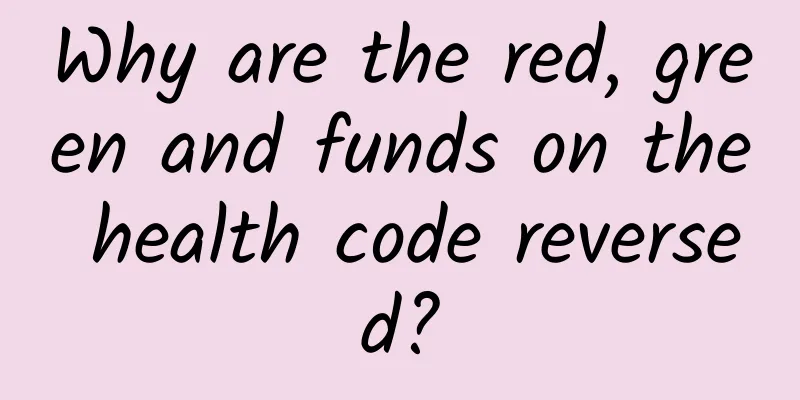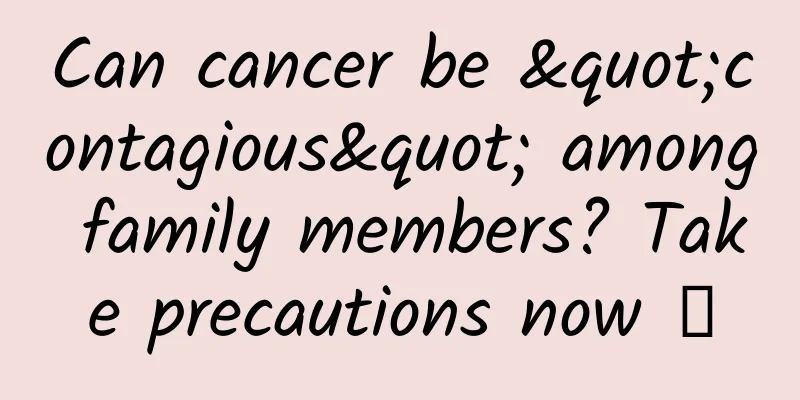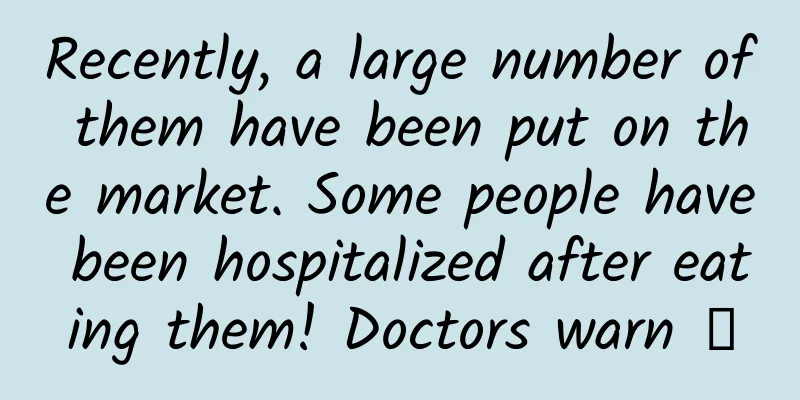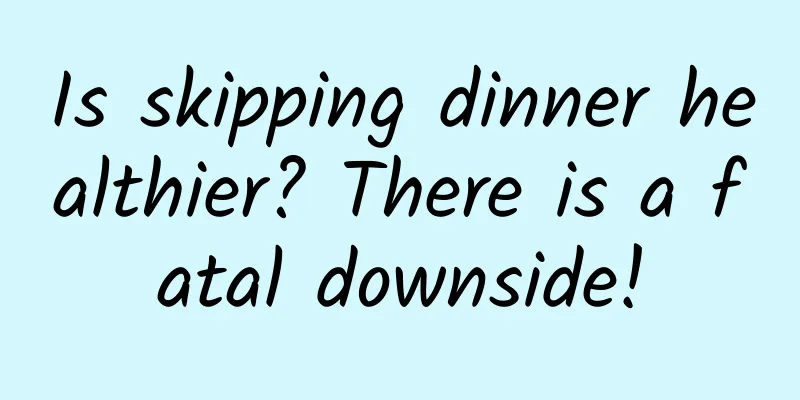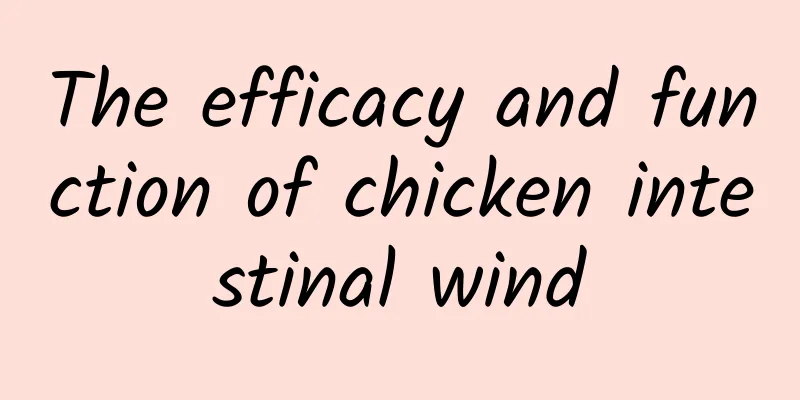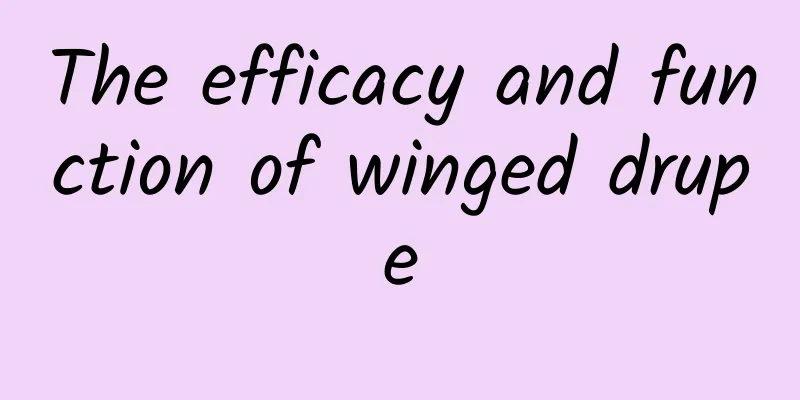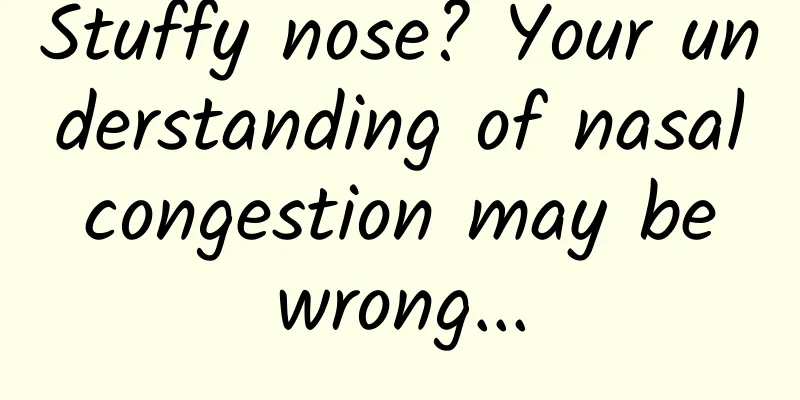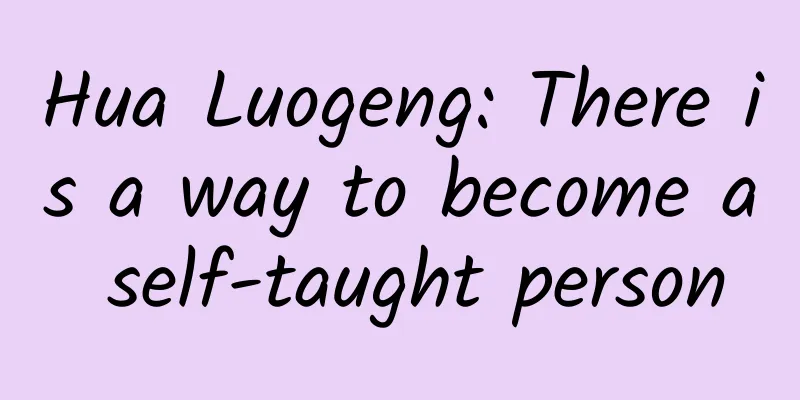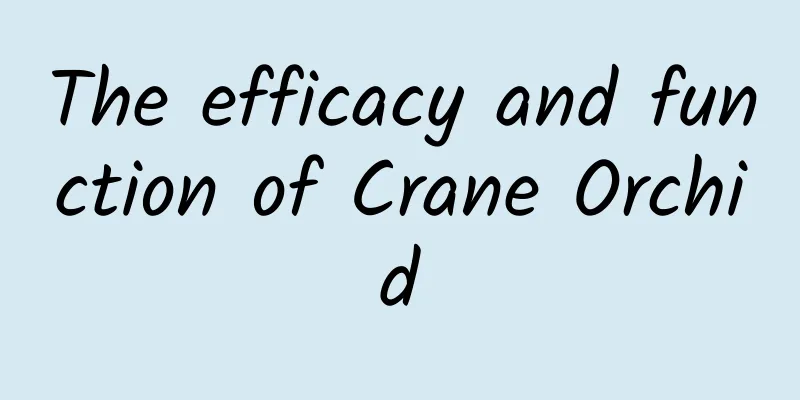Does breathing affect vision? Scientists discover mysterious rules of pupils →
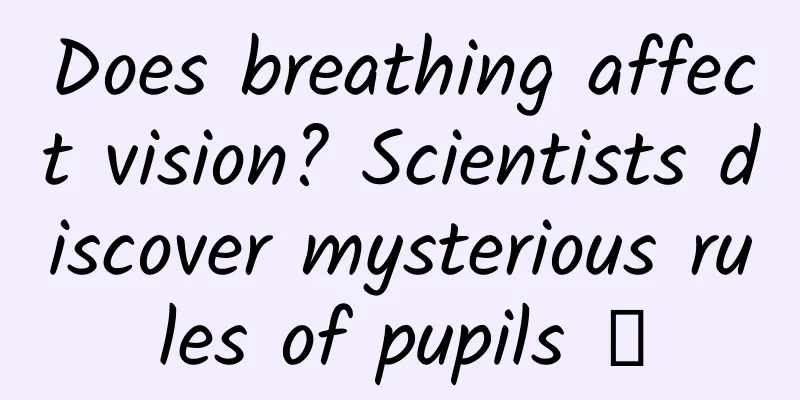
|
Compiled by: Gong Zixin Like the aperture of a camera, the pupil controls the amount of light that enters the eye. As such, it is crucial to our vision and how we perceive our surroundings. For more than a century, three mechanisms have been known to change pupil size - the amount of light, focus, and cognitive factors such as emotions or mental activity. Now, scientists at the Karolinska Institute in Sweden have discovered a fourth - breathing. The study, published in the Journal of Physiology, shows that pupils are smallest when we breathe in and largest when we breathe out - which could affect how we see. "What's unique about this mechanism is that it's cyclical, always present, and doesn't require external stimulation," explains study leader Artin Arshamian, associate professor at the Department of Clinical Neuroscience at Karolinska Institutet. "Since breathing can affect brain activity and cognitive function, this finding may help to better understand how our vision and attention are regulated." The researchers conducted five experiments on more than 200 participants, systematically investigating how pupil size changes throughout the respiratory cycle while varying the task, lighting, gaze distance, and brain area involved. The findings consistently showed that pupils were smallest during inspiration and largest during expiration. This pattern held across conditions: regardless of whether participants breathed fast or slow, breathed through their nose or mouth, in bright or dim lighting conditions, focused near or far, at rest or during visual tasks, and with or without the olfactory bulb, a brain structure activated by nasal breathing. This effect is called the pupillary respiratory phase response (PRP response). Pupillary responses during the respiratory cycle in 5 experiments The difference in pupil size between inhaling and exhaling is large enough to theoretically affect vision. The researchers are currently exploring this further. Previous studies have shown that smaller pupils make it easier to see details, while larger pupils help us find hard-to-see objects. "The results suggest that within a single breathing cycle, vision may switch between optimizing the recognition of small details during inhalation and detecting faint objects during exhalation," said Martin Schaefer, the study's first author and a postdoctoral researcher at the Karolinska Institute. The researchers say the findings may also have clinical applications. "One potential application is to develop new ways to diagnose or treat neurological diseases, such as Parkinson's disease, in which impaired pupil function is an early sign of Parkinson's disease. This is a direction we want to explore in the future," said Artin Arshamian. |
>>: I heard that sequels dominated the Spring Festival period! Why do movies love to have sequels?
Recommend
#千万IP创科普# Mirrors placed randomly will cause trouble, face the "torture" of the sun
In the field of fire protection There is really a...
One in every five women has this "social cancer", so this kind of "social cancer" should be taken seriously!
After a laugh, it brings endless embarrassment. U...
World Oceans Day | Can plastic be eaten? This marine microorganism has a big appetite
If you look around you, is it possible to find so...
The role and efficacy of Angelica
Traditional Chinese medicine is a very common med...
The efficacy and function of Shilongchu
As people's living standards continue to impr...
Report! You can wear short sleeves in the Arctic
Is there a feeling? In recent years, the winters ...
Can you pay off the "debt" incurred by staying up late just by catching up on sleep?
When the night is long and you are lying on the c...
Helicobacter worms found in bananas that kill within 72 hours? Is this a fungus or a worm?
Recently, news about "bananas containing a w...
Beware! You may have been "exposed" online!
Have you ever received a call like this? The othe...
New research finds that eating this kind of food can improve your liver!
Recent studies have shown that eating a diet rich...
The efficacy and function of sunflower
Do you know about sunflower? It is a common medic...
If you only eat steamed bread and rice as your staple food, you will lose a lot! These 5 kinds are the "nutrition champions" among staple foods
This article was reviewed by Pa Li Ze, chief phys...
The efficacy and function of heartleaf saxifrage
Traditional Chinese medicine has a history of tho...
What does the herb for treating mosquito bites include?
Many people must have experienced mosquito bites ...
The effect of Pangdahai
What exactly are the effects of the traditional C...
